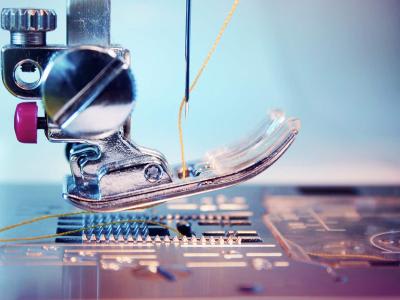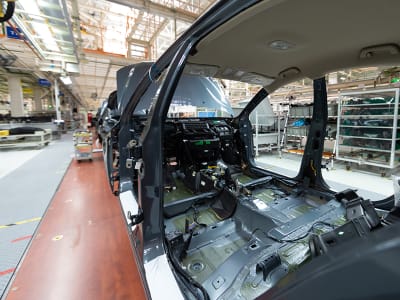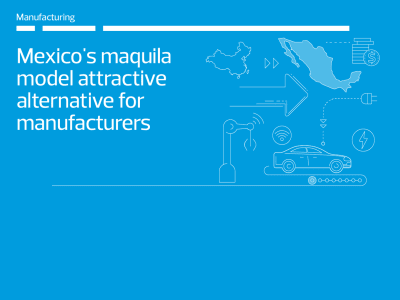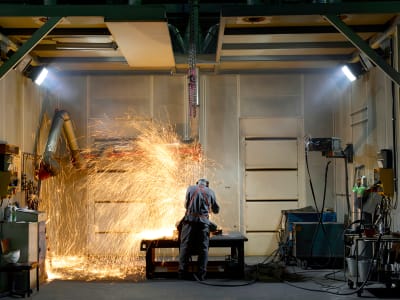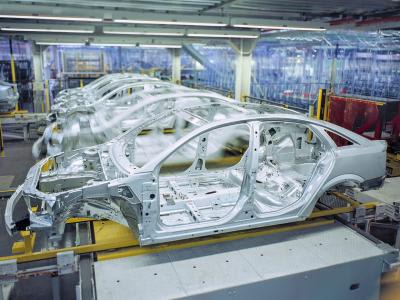The importance of resiliency planning in a changing landscape
‘The new normal’ is a term we are hearing a lot these days, one that poses the biggest question on everybody’s minds: What will life look like once we eventually emerge from our COVID-19 fog?
For the automotive industry, that question comes with a healthy dose of trepidation. Everything from manufacturing woes to an ongoing lack of transparency in the supply chain is forcing auto manufacturers to re-examine, redesign, and react to an evolving marketplace.
In our latest video, we invite some of the industry’s top experts to share their insights into how resiliency planning will be crucial for the industry’s transition into the ‘new normal’.
Our featured guests are:
- Joe Perkins, President and CEO of Mobex Global
- Collin Watson, independent consultant to the automotive and aerospace industries
- Larry Williams, President and CEO of Henniges Automotive
Twists and Turns
In the past 18 months, many of the glaring issues facing the automotive industry have been laid bare. For one, OEMs (Original Equipment Manufacturers) are still lacking the transparency necessary for proper resiliency planning to take place, especially for Tier 1 and Tier 2 manufacturers.
Companies like Tesla and Apple have shown the value of owning their own supply chain. With limited supply and availability being a primary concern, this option is probably looking more and more attractive with each passing month.
In the long run, OEMs may be in for a rude awakening. In addition to the current volatility of the market, they are also facing the prospect of having to compete with tech companies, which are moving far higher volume, are much more agile and can typically form more seamless partnerships with other manufacturers. Whatever the case, the infrastructure of automotive manufacturing may be forced to enact drastic changes just to survive.
Investing in Our New Future
Manufacturing is facing some difficult questions regarding future investment. In a market as tight as the current one, the room for error is very small.
Where then does a manufacturer invest in its own future? The labour shortage has reignited the conversation around automation. Technology has advanced to the point that robotics can handle some of the more complex tasks that were previously the domain of flesh-and-blood workers.
The EV (Electric Vehicles) sector is a trend that everyone is watching closely. Customer expectations have evolved to the degree that sustainability can no longer be considered an ‘add-on’ feature, and demand will surely grow over time. Despite their hesitation to enter a market where that demand has still not been clearly defined, Tier 1 manufacturers are funnelling money into initiatives geared towards finding more environmentally sound materials and methods.
Destination Unknown
Whatever the case, one thing is for sure: the auto industry of the future is probably not going to look like the automotive industry of the past. How that all plays out – and who is affected in the long run – is hard to see in the immediate present. The only certainty in all of this is that someday the auto industry will come roaring back. How it will look is anyone’s guess.


